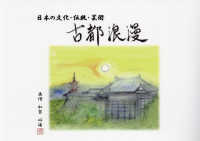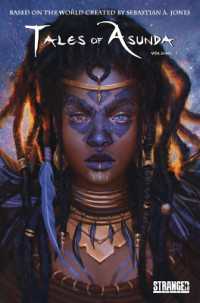Full Description
Four decades have passed since reports of a mysterious "gay cancer" first appeared in US newspapers. In the ensuing years, the pandemic that would come to be called AIDS changed the world in innumerable ways. It also gave rise to one of the late twentieth century's largest health-based empowerment movements. Scholars across diverse traditions have documented the rise of the AIDS activist movement, chronicling the impassioned echoes of protestors who took to the streets to demand "drugs into bodies."
And yet not all activism creates echoes. Included among the ranks of 1980s and 1990s-era AIDS activists were individuals whose expressions of empowerment differed markedly from those demanding open access to mainstream pharmaceutical agents. Largely forgotten today, this activist tradition was comprised of individuals who embraced unorthodox approaches for conceptualizing and treating their condition. Rejecting biomedical expertise, they shared alternative clinical paradigms, created underground networks for distributing unorthodox nostrums, and endorsed etiological models that challenged the association between HIV and AIDS. The theatre of their protests was not the streets of New York City's Greenwich Village but rather their bodies. And their language was not the riotous chants of public demonstration but the often-invisible embrace of contrarian systems for defining and treating their disease.
The Sounds of Furious Living seeks to understand the AIDS activist tradition, identifying the historical currents out of which it arose. Embracing a patient-centered, social historical lens, it traces historic shifts in popular understanding of health and perceptions of biomedicine through the nineteenth and twentieth centuries to explain the lasting appeal of unorthodox health activism into the modern era. In asking how unorthodox health activism flourished during the twentieth century's last major pandemic, Kelly also seeks to inform our understanding of resistance to biomedical authority in the setting of the twenty-first century's first major pandemic: COVID-19. As a deeply researched portrait of distrust and disenchantment, The Sounds of Furious Living helps explain the persistence of movements that challenge biomedicine's authority well into a century marked by biomedical innovation, while simultaneously posing important questions regarding the meaning and metrics of patient empowerment in clinical practice.
Contents
List of Acronyms
Introduction: Acknowledging the Everyday
Part I: The Soils of Unorthodoxy: Irregular and Alternative Medicine in U.S. History
1 Situating Unorthodox AIDS Activism within the History of Medicine in the United States
2 A Broken Model: Twentieth-Century Transformations in the Social Constructions of Health and Disease
3 A Broken Trust: The Changing Character of Health Care
Part II: The Seeds of Unorthodoxy: The Emergence of Unorthodox AIDS Activism
4 Everyday Unorthodoxies and the People with AIDS Coalition (PWAC)
5 Patient, Heal Thyself: The History of Health Education AIDS Liaison (HEAL)
Conclusion: Listening to and Learning from the Sounds of Furious Living
Acknowledgments
Notes
Bibliography
Index






